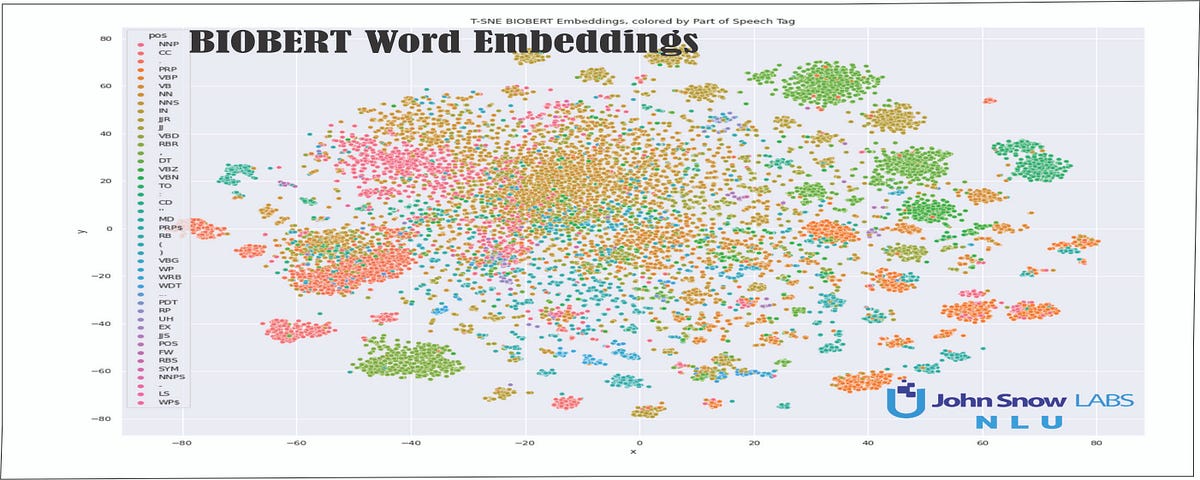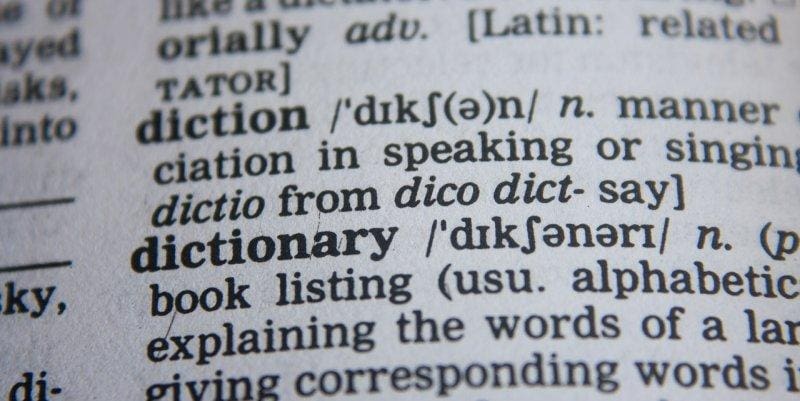 By Medium -
2021-03-10
By Medium -
2021-03-10
Sentiment analysis is typically limited by the length of text that can be processed by transformer models like BERT. We will learn how to work around this.
 By Medium -
2021-01-17
By Medium -
2021-01-17
Including Part of Speech, Named Entity Recognition, Emotion Classification in the same line! With Bonus t-SNE plots! John Snow Labs NLU library gives you 1000+ NLP models and 100+ Word Embeddings in…
 By DataCamp Community -
2021-02-05
By DataCamp Community -
2021-02-05
PYTHON for FINANCE introduces you to ALGORITHMIC TRADING, time-series data, and other common financial analyses!
 By Compose Articles -
2017-07-25
By Compose Articles -
2017-07-25
In his latest Compose Write Stuff article on Mastering PostgreSQL Tools, Lucero Del Alba writes about mastering full-text and phrase search in PostgreSQL 9.6. Yes, PostgreSQL 9.6 has been finally roll ...
 By Medium -
2021-01-26
By Medium -
2021-01-26
Text preprocessing on GPUs is coming to RAPIDS cuML! This is very exciting as efficient string operations are known to be a difficult problem with GPUs. Based on the work by the RAPIDS cuDF team…
 By realpython -
2020-12-15
By realpython -
2020-12-15
Once you learn about for loops in Python, you know that using an index to access items in a sequence isn't very Pythonic. So what do you do when you need that index value? In this tutorial, you'll lea ...
































